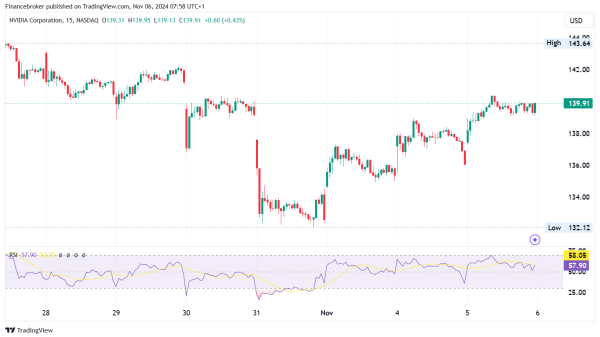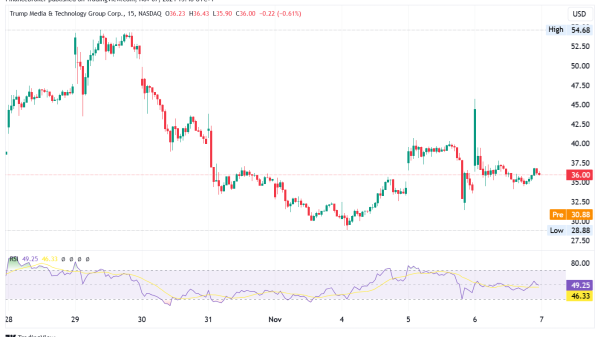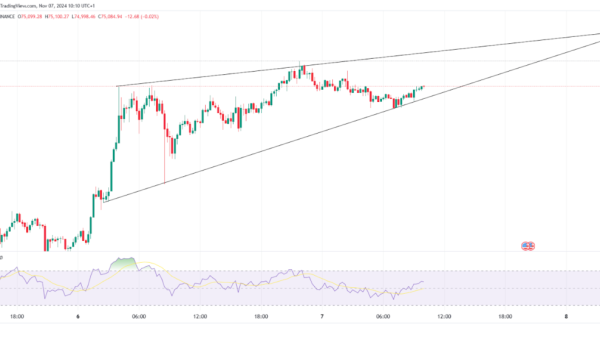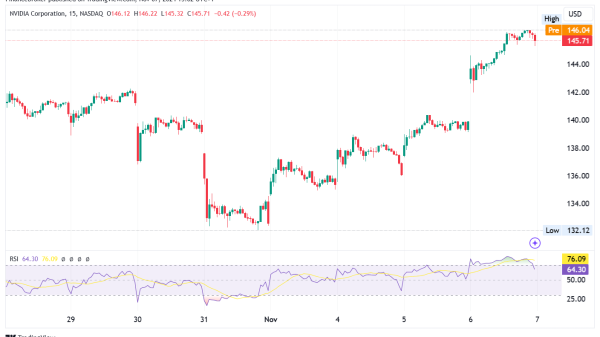Trading Crude Oil Market: WTI at $76.47 and Brent at $80.75 as U.S. Gasoline Demand Hits Two-Decade Low
Crude oil markets are off to a shaky start this week, grappling with renewed concerns over demand in both China and the United States. West Texas Intermediate (WTI) fell to $76.47, while Brent traded at $80.75, marking a significant drop in early-week trading.
The downward pressure on the oil trading platforms intensified with reports predicting a potential slump in U.S. gasoline demand, reaching its lowest point in two decades next year. Additionally, Chinese refiners have requested reduced volumes of Saudi crude for December, adding to the market’s anxiety.
Crude Oil Forum: Mixed Signals from China Compound Market Worries
U.S. Gasoline Demand Forecasted to Plummet; Chinese Refiners Seek Lower Saudi Crude Volumes
Fresh economic data from China contributed to the prevailing bearish sentiment, with October’s consumer prices experiencing a decline. This decline hints at lower demand in the world’s second-largest economy, raising concerns about slower-than-expected economic growth.
While earlier fears of supply disruptions due to the Israel-Hamas conflict have somewhat subsided, the market remains cautious. Despite Iran’s warning about an escalation in the conflict, investors are now more focused on the sluggish demand in the U.S. and China, overshadowing geopolitical tensions.
Potential Supply Disruptions Ease Amid Gaza War
Analysts Caution Against Exaggerated Sell-Off
Analysts from Nissan Securities noted that the recent sell-off in litres of oil might be exaggerated. While acknowledging short-term tightness in fundamentals, they highlighted factors like rising Russian oil exports and weakening refinery margins as contributing to a more nuanced market picture.
Major oil exploration and production companies reported a modest 0.92% growth in aggregate net profit for the September quarter. Despite an increase in sales production, the aggregate revenue faced a 0.44% decline due to challenges posed by volatile crude prices.
Mixed Fortunes for Industrial Metals in Recent Trading
Base Metals End Lower Amidst Fed Statements on Interest Rates
Industrial metals experienced a downturn in recent trading sessions, influenced by signals from the U.S. Federal Reserve indicating the need for higher interest rates. LME copper 3m prices fell over 1%, while nickel prices led the decline with a 3% drop.
LME aluminium on-warrant stocks saw a significant increase, indicating a shift in market dynamics. Meanwhile, weekly inventories for base metals in China presented a mixed picture, with copper witnessing outflows but aluminium and zinc experiencing increases.
Oil Market Anticipation: All Eyes on OPEC and IEA Reports
Brent Starts the Week Soft, Waiting for Monthly Data
ICE Brent commenced the week on a cautious note, hovering around $82/bbl, awaiting crucial monthly oil market reports from OPEC and the IEA. These reports are expected to provide insights into the physical market conditions and the trading crude oil market balance.
Amid market uncertainties, reports suggest Russia might lift remaining restrictions on gasoline and diesel exports as the domestic fuel supply improves. Additionally, Kuwait’s Al-Zour refinery, one of the largest in the Middle East, is gradually restarting operations after technical issues forced a temporary halt.
The post Trading Crude Oil Demand Concerns: Downward Price Pressure appeared first on FinanceBrokerage.



























